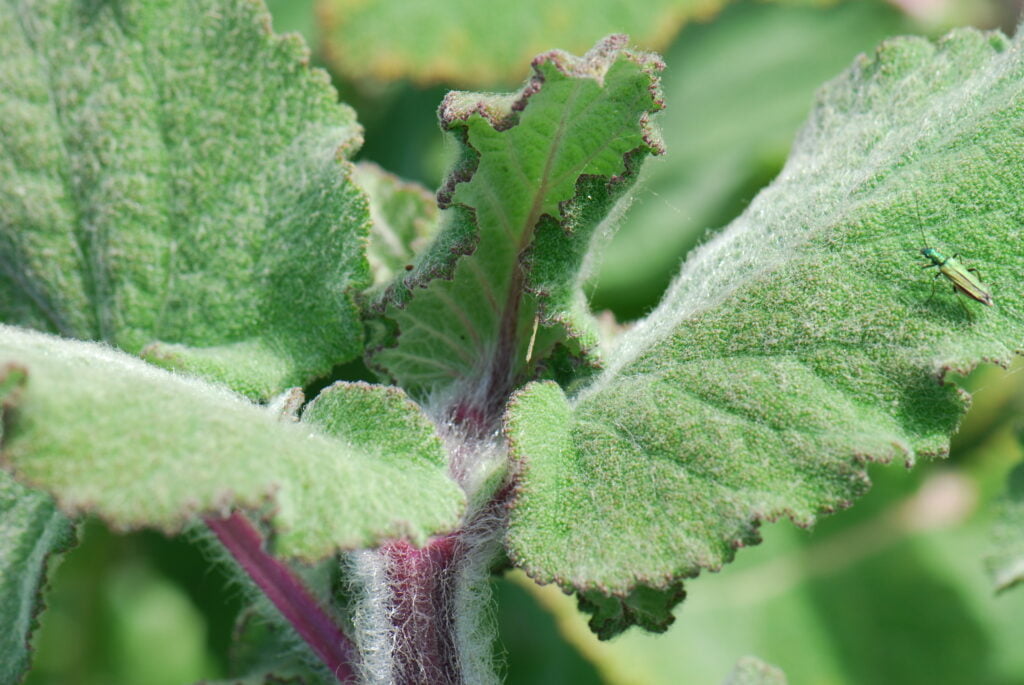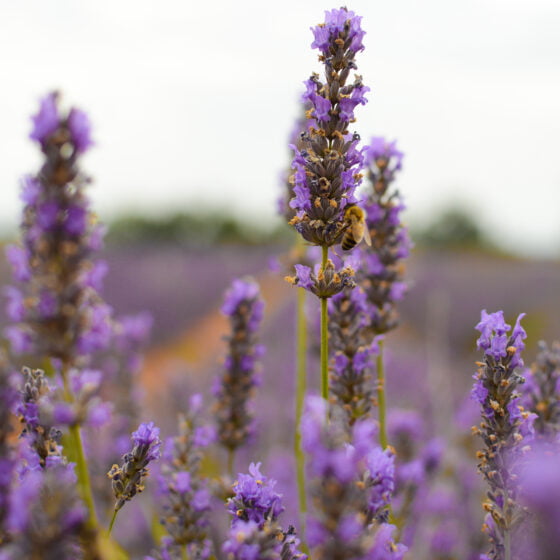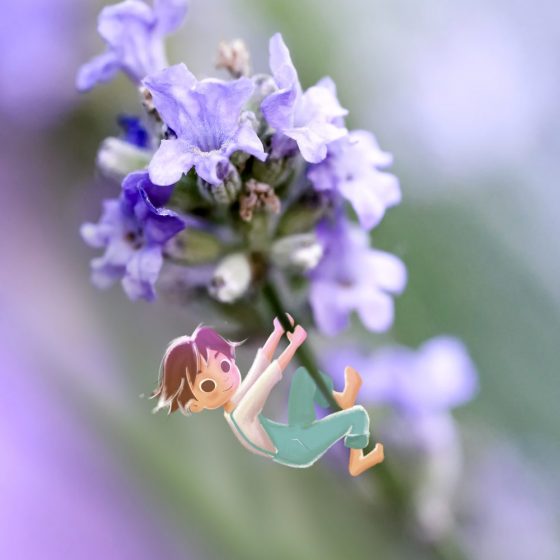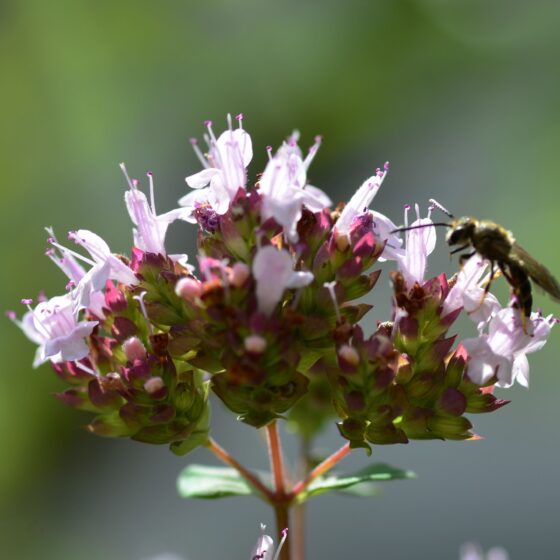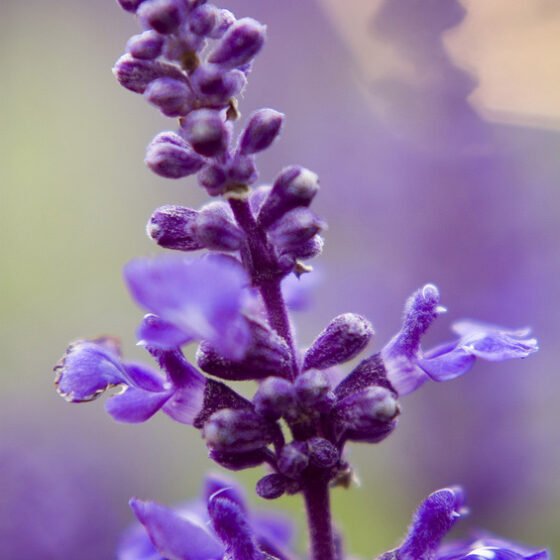
Clary sage France
Salvia sclarea
General data
Harvest Calendar
- J
- F
- M
- A
- M
- J
- J
- A
- S
- O
- N
- D
Product details Well-being side
Essential oil of menstrual disorders, it is antispasmodic. It calms emotionality and anxiety and promotes sleep.
*The aromatherapy properties in this document are excerpted from reference books, scientific articles, or specialized websites and are provided to customer for its information and internal use only. Claims on a finished product remain the responsibility of the company making the finished product available on the market. About
Clary sage is a wild plant from southern Europe and Central Asia. An aromatic herb, it has large, oval, downy, gray-green leaves. They give off a sweet, honeyed, musky scent when crushed. Its erect stems are topped with long spikes of small, white-pink flowers. The entire plant is aromatic, covered with tiny glandular hairs that contain essential oil. The above-ground parts are harvested during the blooming period and are left in the fields to dry. It is the dry raw material that is distilled, producing an essential oil known as “traditional .” Its fragrance is herbaceous with a dry note reminiscent of tobacco, along with a hay facet. The fresh raw material can also be distilled, producing what is known as “green crushed” quality, which differs little from the “tradition” quality.
Clary sage was used in ancient times for both its botanical properties and its fragrance. Many ancient texts mention the fragrance, which was revered as a treasure of the gods. According to the Rhisis, the great Indian sages, it had the power to guide one to divine illumination. Our ancestors were also very familiar with its medicinal properties: Former common names include “all good” or “wound grass.” The botanical name of clary sage comes from the Latin words salvaro or salveo, meaning “save,” and clarus, “clear”, “clarify.”
Well-being side
Essential oil of menstrual disorders, it is antispasmodic. It calms emotionality and anxiety and promotes sleep.
About
Clary sage is a wild plant from southern Europe and Central Asia. An aromatic herb, it has large, oval, downy, gray-green leaves. They give off a sweet, honeyed, musky scent when crushed. Its erect stems are topped with long spikes of small, white-pink flowers. The entire plant is aromatic, covered with tiny glandular hairs that contain essential oil. The above-ground parts are harvested during the blooming period and are left in the fields to dry. It is the dry raw material that is distilled, producing an essential oil known as “traditional .” Its fragrance is herbaceous with a dry note reminiscent of tobacco, along with a hay facet. The fresh raw material can also be distilled, producing what is known as “green crushed” quality, which differs little from the “tradition” quality.
Clary sage was used in ancient times for both its botanical properties and its fragrance. Many ancient texts mention the fragrance, which was revered as a treasure of the gods. According to the Rhisis, the great Indian sages, it had the power to guide one to divine illumination. Our ancestors were also very familiar with its medicinal properties: Former common names include “all good” or “wound grass.” The botanical name of clary sage comes from the Latin words salvaro or salveo, meaning “save,” and clarus, “clear”, “clarify.”
Other type of extracts
(Aromatic)
